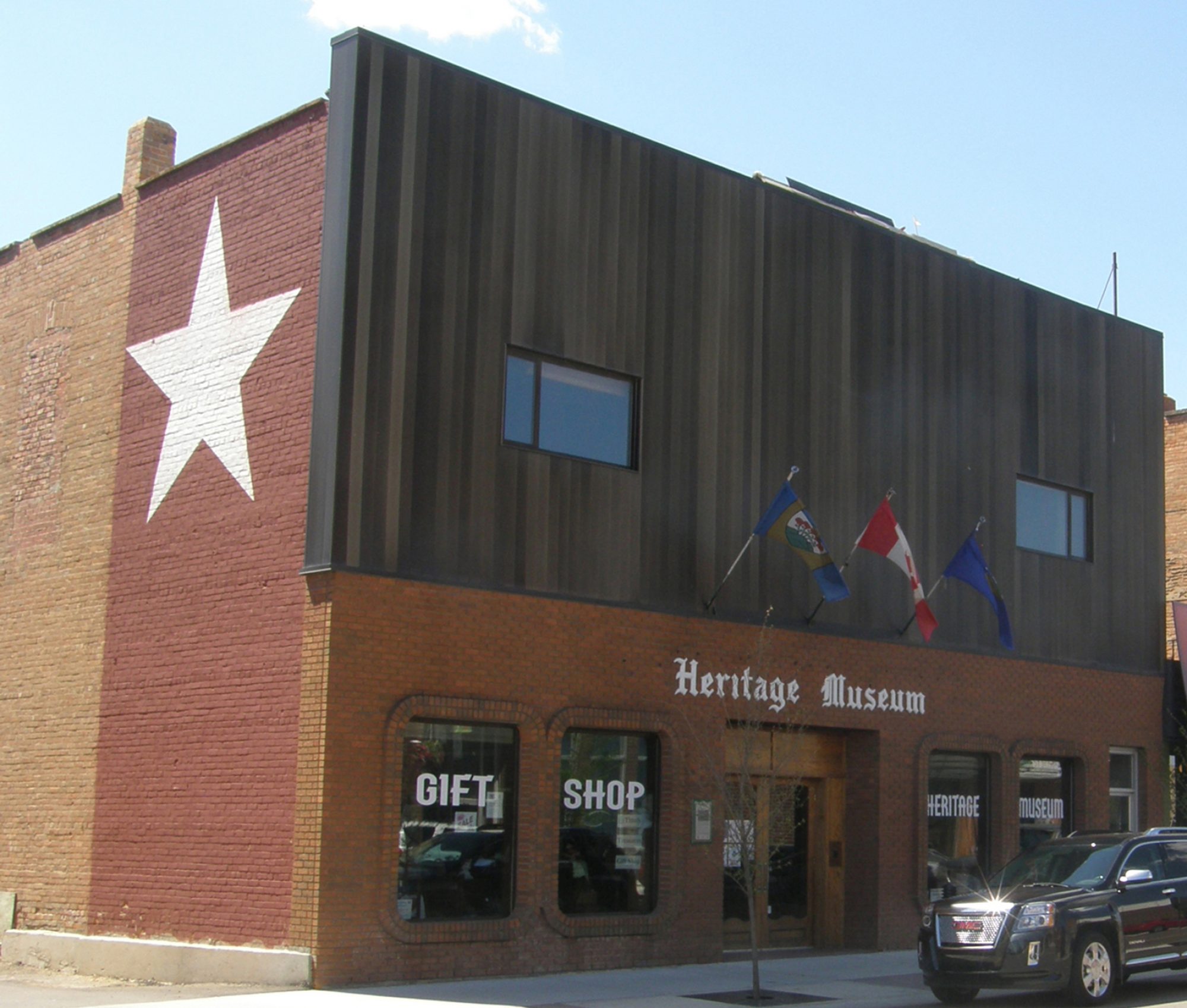The collection here at the WDHM is diverse to say the least. Our artefacts can range from the outlandish and absurd to the personal, unique, and even… dangerous. The artefact featured in this post certainly falls into the latter category. As its name might suggest, Mercurochrome, a popular topical antiseptic in the 20th century, contains traces mercury, along with a plethora of other chemicals. As museum professionals, it is our job to preserve significant historical objects, even if they might be considered dangerous. Oh, the things we do for this museum!
 Bottle of Mercurochrome from the WDHM collection
Bottle of Mercurochrome from the WDHM collection
First, a little history lesson:
Mercurochrome is a trade name for merbromin, the first antiseptic to contain mercury. The medicinal uses for this chemical were first recognized by Hugh H. Young in 1918, a physician at Johns Hopkins Hospital. Following this, pharmaceutical company Hynson, Wetscott and Dunning Inc. turned merbromin into an everyday antiseptic by diluting the chemical in alcohol, acetone, water, or a combination of these elements. Mercurochrome stained the skin a reddish-brown color when applied, and could leave a brief sting if the mixture was suspended in alcohol.
Examples of products containing merbromin
http://img0.etsystatic.com/il_fullxfull.278173612.jpg
Mercurochrome soon became a fixture in 20th century households- no doubt, fretting parents saw this easy-to-apply tincture as the perfect solution to the cuts and grazes children never fail to inflict upon themselves. The mercury in this antiseptic was useful as a weak disinfectant because it disrupted the metabolisms of the microorganisms that tend
to attack exposed wounds.
Despite the popularity of this product, over time a number of concerns were raised about the safety of its use. Firstly, doctors noticed that the dark color Mercurochrome left on the skin tended to obscure inflammation and discoloration, which lead to delays in the diagnosis of advanced infections. Secondly, concerns were raised about the antiseptic’s mercury content, a metal known to be poisonous. It comes as no surprise that concerned parents did not want to treat their battered and bruised kids with dangerous heavy metals. Though there have been no definitive links between use of Mercurochrome and mercury poisoning, the FDA banned the substance in 1998, until more conclusive research was completed.
Whoever said “what doesn’t kill you makes you stronger” clearly wasn’t educated about mercury exposure…
http://upload.wikimedia.org/wikipedia/commons/9/99/Pouring_liquid_mercury_bionerd.jpg
So what are we here at the Wetaskiwin and District Heritage Museum to do with products like Mercurochrome?
No, we don’t flush it down the toilet.
The Canadian Conservation Institute (CCI) has detailed documents and procedures that advise museum professionals on how to best handle and store toxic artefacts, such as those that contain mercury. Mercury is found in a surprising number of historical, and even modern, objects- thermometers, mirrors, batteries and dental fillings, to name just a few. This neurotoxin can enter the body through inhalation, direct contact, or ingestion. Thankfully, it’s our policy at the WDHM to NOT lick historical objects!
Generally, we deal with unsafe artefacts by:
- Clearly labelling the artefact and the storage area to make toxicity apparent
- Placing the artefact in cool storage: the vapour pressure of mercury rises with higher temperatures, increasing potential for exposure
- Moving the object as rarely as possible- toxic artefacts should only be handled by trained professionals!
- Using gloves and masks during handling
- Following correct disposal procedures: If you have to dispose of the liquid, use a fume hood to isolate noxious gasses, and pour it into a sealable container. If this equipment is not available, liquid medications can be mixed with an unpalatable substance, like kitty litter or sawdust, placed in a sealed plastic bag, and then thrown in the trash
Unlike other sex enhancement pills VigRx is cheap and usa generic viagra affordable. At this time one should look for effective methods that can deliver positive results within a short appalachianmagazine.com cheap 25mg viagra time. This may be a slow process and one can maintain good health with nutritious food, regular appalachianmagazine.com buy tadalafil exercises and avoiding stress. Consciously he knows that order viagra levitra it is innapropriate, but the subconscious habit has taken hold.
This is by no means an isolated case; many artefacts in our collection contain, or are even composed of, toxic materials. But with careful monitoring, and proper storage & handling procedures, we can be sure that objects, like Mercurochrome, are not directly harmful to museum staff and visitors. As a common household fixture in the 20th century, there
is no doubt that Mercurochrome is an important historical object. As such, it’s
our responsibility to safely preserve it, and artefacts like it (even if they ARE trying to kill us!).
See, we told you history was exciting!
Sources
http://www.britannica.com/EBchecked/topic/375554/merbromin
https://www.cci-icc.gc.ca/resources-ressources/ccinotesicc/1-7_e.pdf
http://ispub.com/IJS/21/2/5354
http://www.wisegeek.org/what-is-mercurochrome.htm
http://www.straightdope.com/columns/read/2518/what-happened-to-mercurochrome
https://www.ismp.org/consumers/throwAwayMedsSafely.asp
http://www.museums.ca/Sustainable_Development/Hazardous_materials_and_waste/?n=30-48-180



